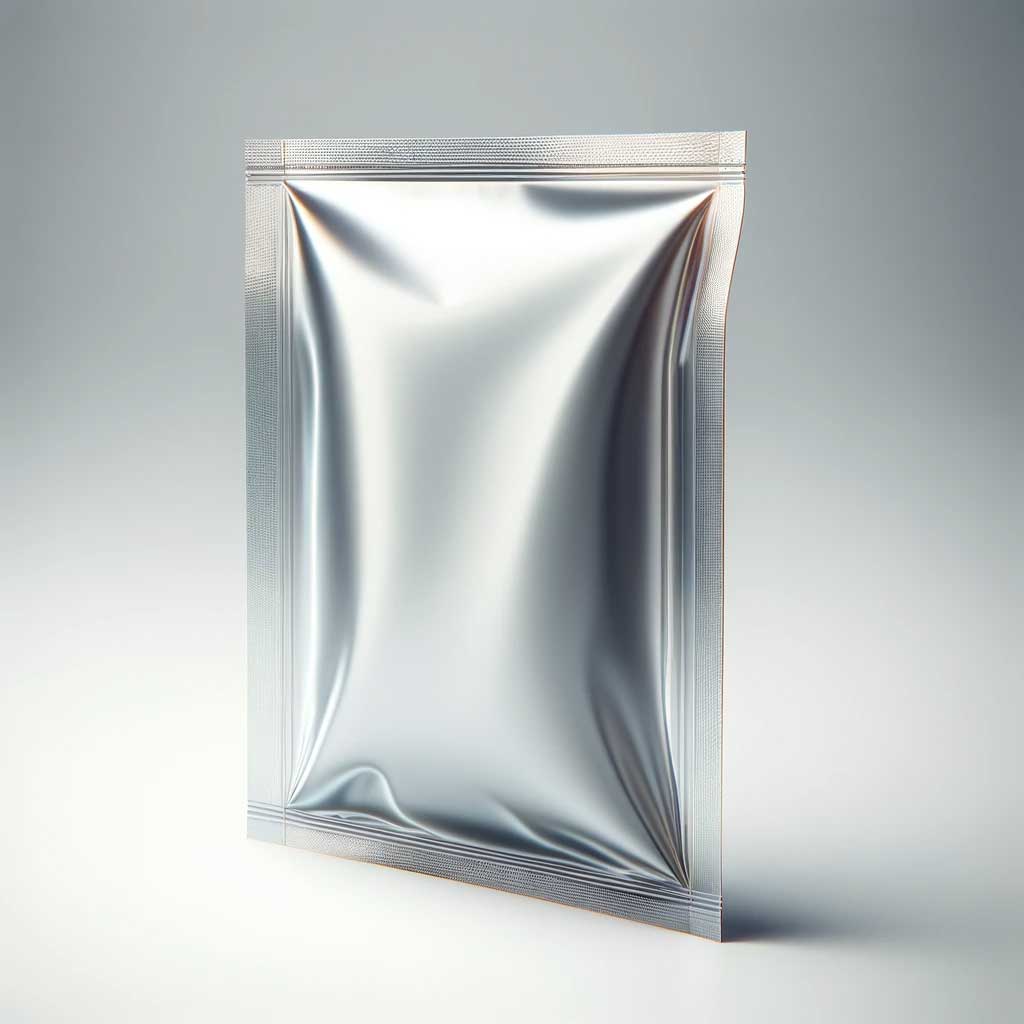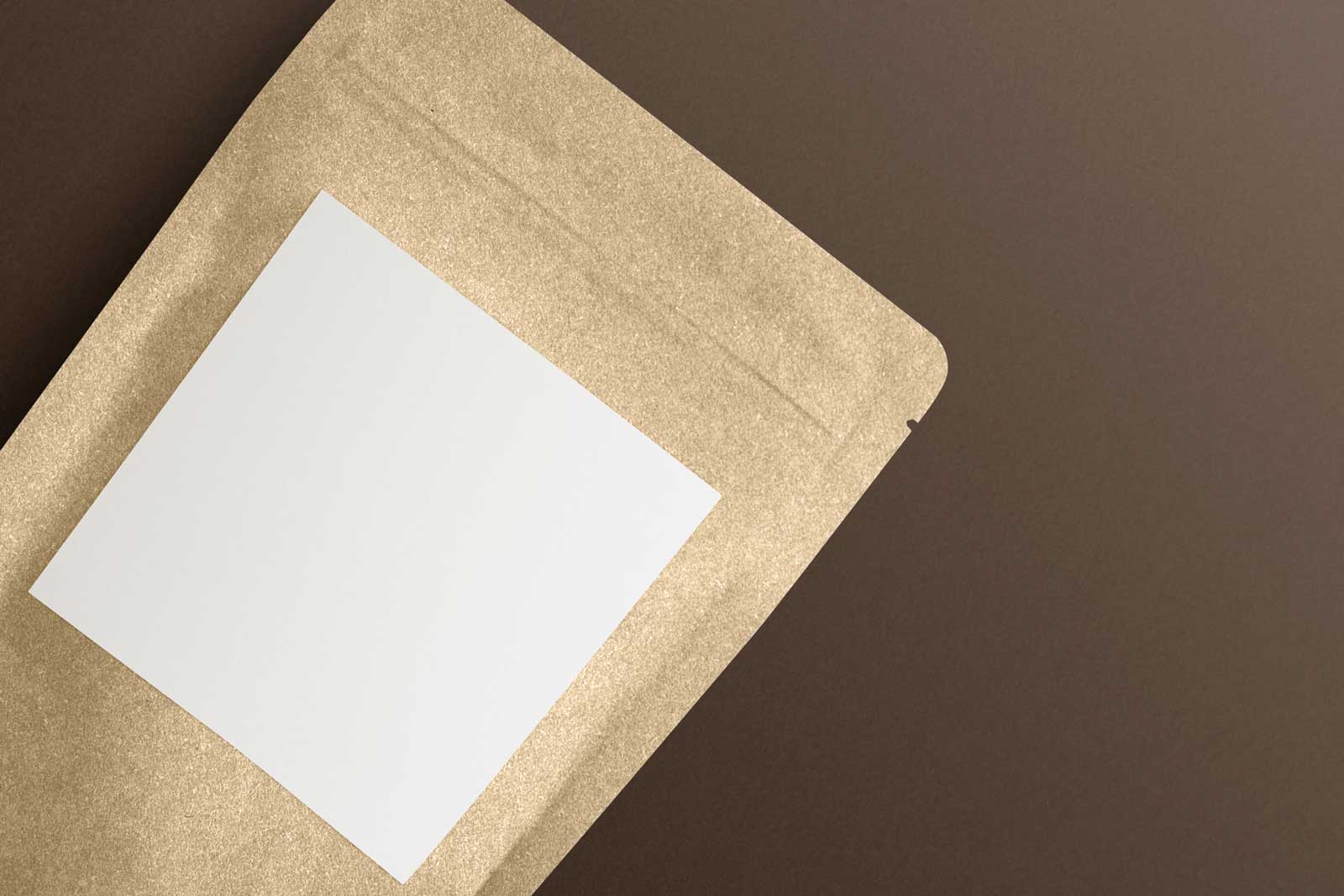In side seal packing, the edges of the packaging material (often plastic film) are sealed together at one or both sides of the package. This method is typically used for creating bags or pouches. The material is fed through a machine where it is filled with the product, and then the sides are sealed to enclose the contents.
- Advantages: Side seal packing offers several benefits. It provides a strong seal which is essential for preserving the quality and integrity of the packaged product. This method is also versatile, allowing for the creation of bags of various sizes and shapes. It’s particularly useful for long or irregularly shaped items.
- Applications: This type of packaging is used in a wide range of industries. For instance, it’s commonly seen in the food industry for snacks, frozen foods, or produce. It’s also used for consumer goods like textiles, hardware items, and more.
- Machinery Used: Side seal packaging machines are specialized equipment designed to handle this type of packaging. They can vary in size and functionality, with some offering features like automatic feeding, filling, and sealing. Advanced machines might also include options for printing labels directly onto the packaging.
- Material Considerations: The choice of material for side seal packing depends on the product’s needs. For example, food items might require barrier films to protect against moisture and oxygen, while non-perishable goods might use simpler, less protective materials.
 If you need more specific information or have a particular question about side seal packing, feel free to ask!
If you need more specific information or have a particular question about side seal packing, feel free to ask!

Comments are closed.